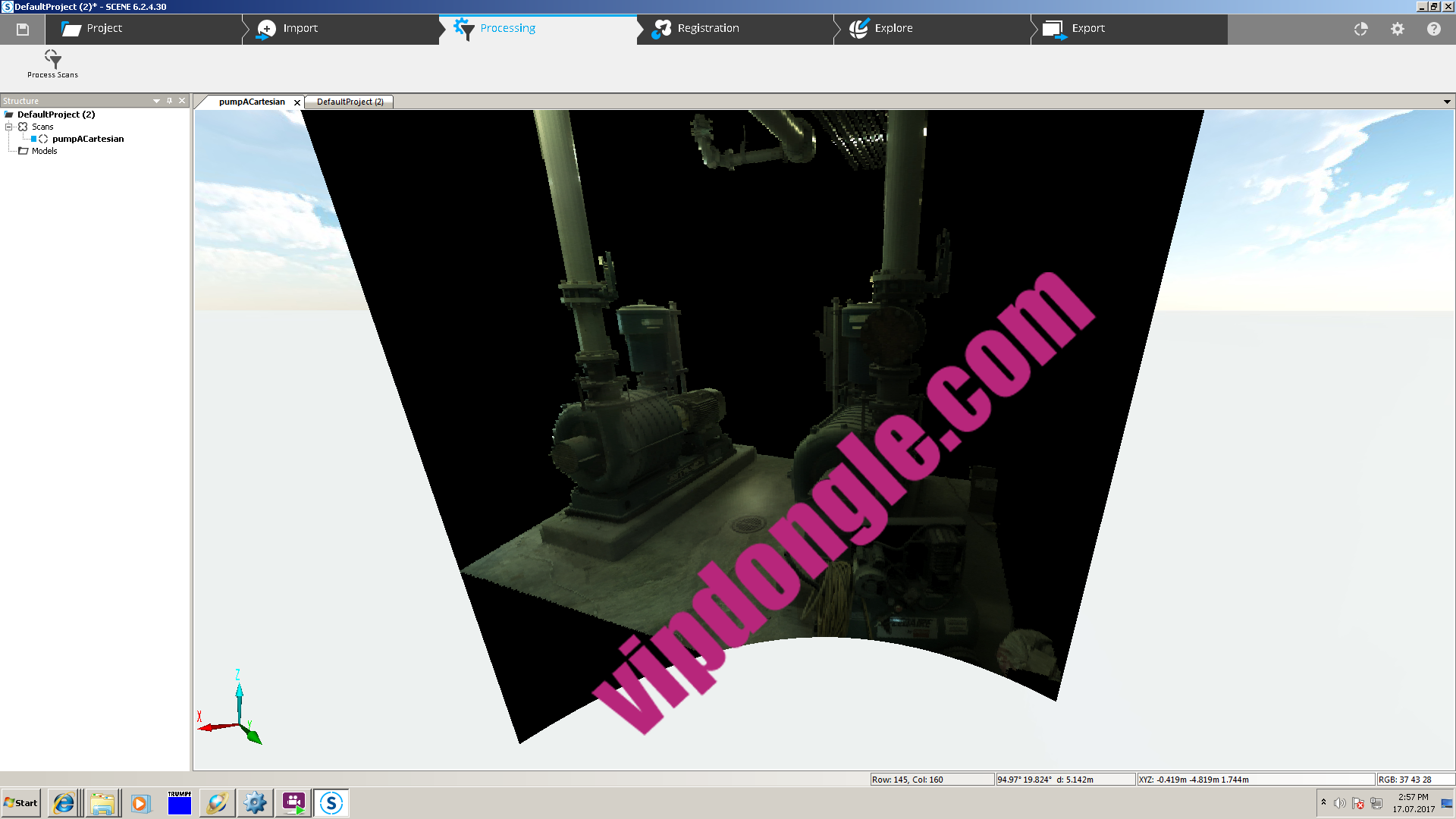
Crack Scene Faro
Faro Scene 6.2 Gemalto Sentinel Dongle Clone, Emulator. Faro Scene 6.2. SCENE 3D laser scanner software program is in particular designed to manner 3-d factor clouds. Gathered by using FARO® FocusS, FARO Focus3D and Freestlye3D Laser Scanners. SCENE approaches and manages scanned data without difficulty and efficiently. Common issues such as water seepage and cracks may occur, and can develop into falling concrete sections in extreme cases. To reduce the risk of a tunnel.
Overview The safety yokes on the Focus3D X30/130/330, Focus3D X130/330 HDR, or Focus3D S20/120 laser scanners protect the casing of the scanner from being cracked or damaged in a way that could affect its ability to function.  Think of the safety yokes like the bumpers on your car.
Think of the safety yokes like the bumpers on your car.
They protect your scanner from common every-day bumps and rough handling. If the safety yokes become damaged, you can order replacements and install them yourself. This saves you from having to send your scanner in for factory servicing. Caption: Focus3D Safety Yoke.
File Naming When setting up a larger project on a scanner, it is a good idea to identify areas that can be grouped as scan clusters to make registration easier. You can set project and subproject names in Manage > Projects/Clusters.
Give each scanning project, and folders within the project, names with meaning. For example, a case or job number, client name or number, or street locations. A multi-story building project could have the following file structure: The easiest way to create this file structure on the scanner is to add subprojects and let the scanner automatically name each subproject and each scan. Artificial Targets Registration requires unique features in the scan location which can be used to align scans (angular road signs, doors, lamp posts, etc.).
Locations, like a flat stretch of road or angular rooms require artificial targets to aid the scan registration process. Target spheres can be placed in almost any location and can be scanned from any angle, making them a versatile choice for sites that lack surfaces to which paper targets can be attached. Obrazec zayavleniya v detskij sad po semejnim obstoyateljstvam. FARO spheres are rigorously produced and ideal for projects with a stricter accuracy threshold. Checkerboard targets can easily be printed, labeled, and resized as needed, but they also must be attached to a flat surface and placed perpendicular to the scanner.
Coded markers function like checkerboards but contain an optical barcode with a unique number. These unique markers help determine the scan location and ease automatic registration. They can be printed after installing SCENE from RegistrationMarkers RegistrationMarkersA4.pdf. Target Placement Artificial Target Guidelines • At least three targets are required for registration. (Two, if using sensor data, such as the inclinometer.) • Arrange targets so that there is a clear line of sight from the scanner to the targets. • Ensure that each target is visible from more than one scanner position.
• Arrange targets in unique patterns in three dimensions by varying the height and spacing of the targets. • Do not move the targets during the scanning process. • For more information, read the target section of the. See Also • • •. Number of Scanner Positions Minimizing scanner positions will reduce scanning time and ensure point data is captured adequately. Use a site sketch to identify optimal scanning locations. Place the scanner in positions where each scan will overlap with another scan.
Scan areas should contain unique natural targets to help register the scans. Keep in mind that a full 360° scan may not be necessary every time, depending on the object of interest. Be sure to scan transition areas like doorways to aid registration. Scan Quality Scan quality refers to the number of measurements the scanner makes to confirm point data. Increasing this setting increases scan accuracy but also increases scan time. The quality setting also employs noise reduction, an algorithm that determines if scan point differences are due to object detail or noise.